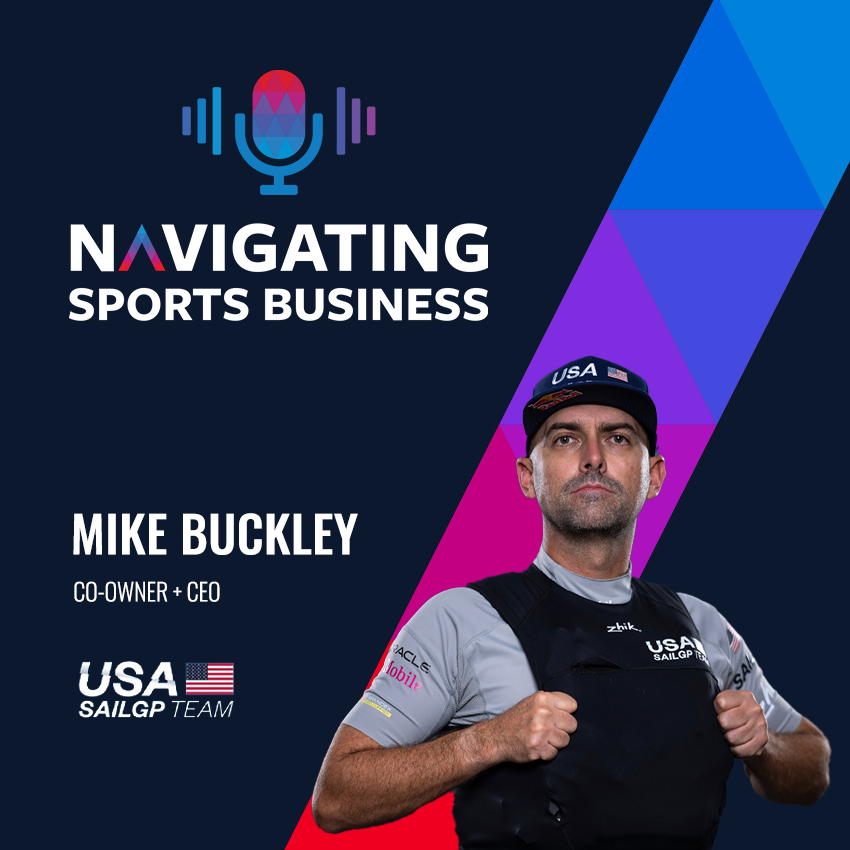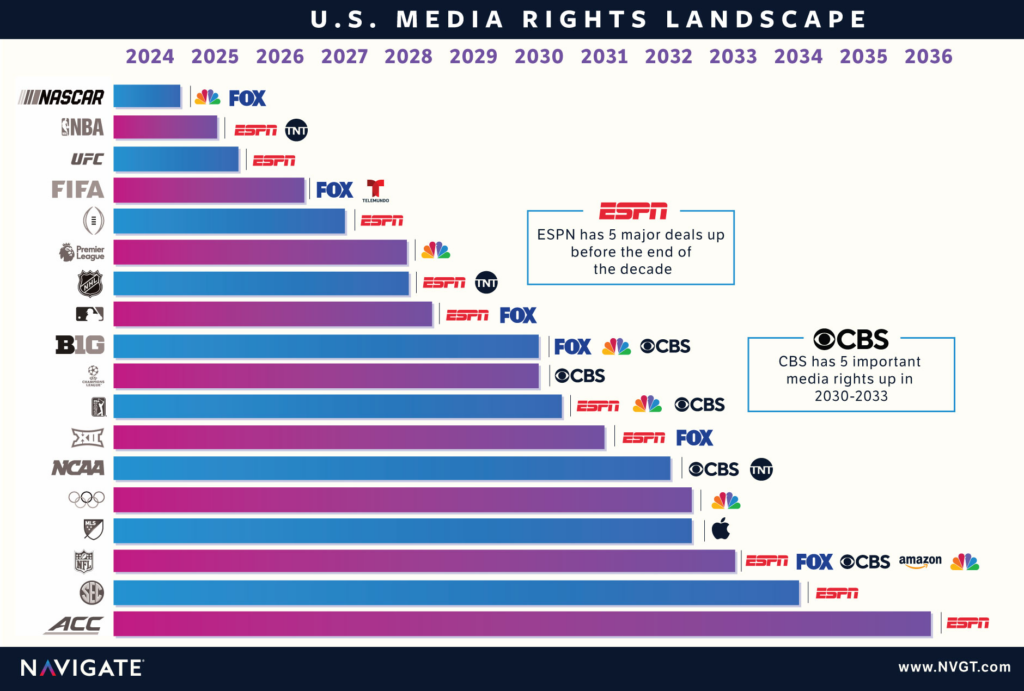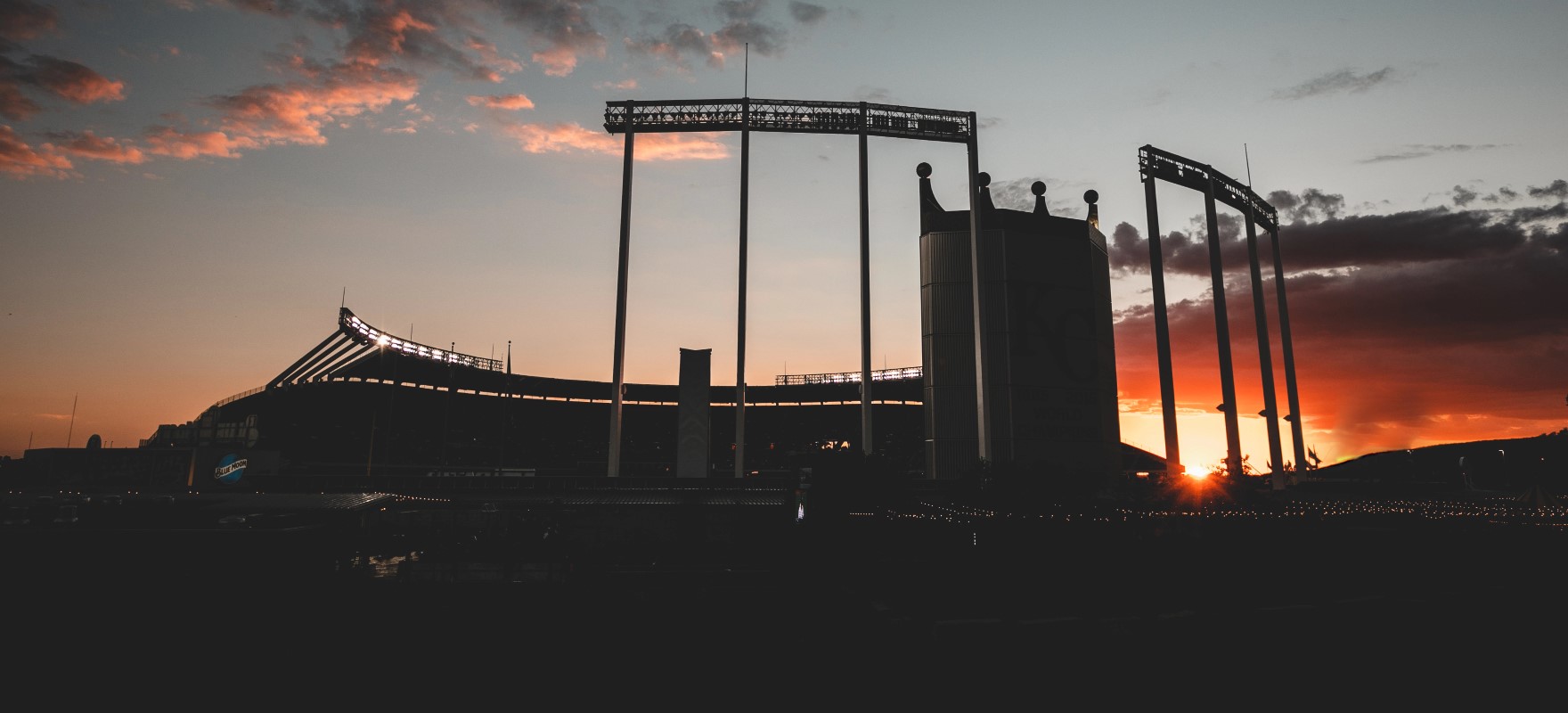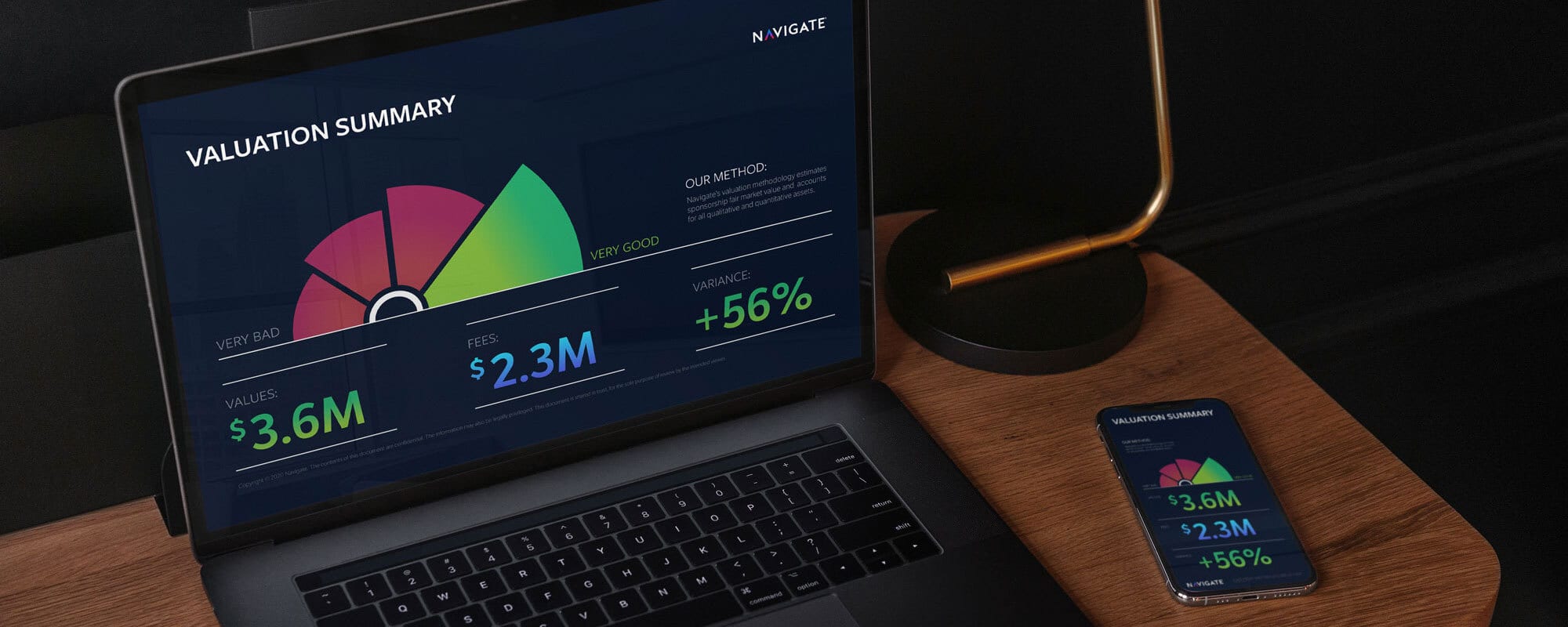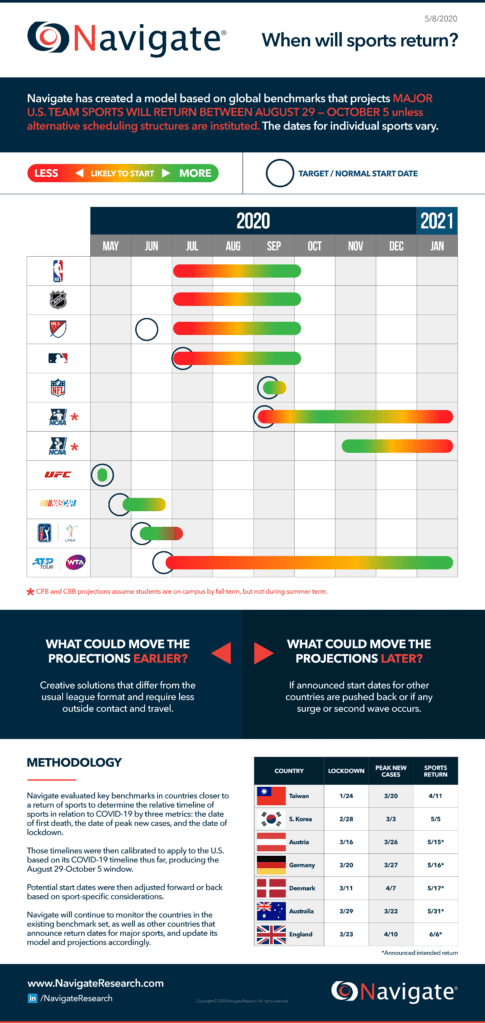
When Will Sports Return? Predictions + 2020 COVID-19 Sports Calendar
When Will U.S. Sports Return?
At Navigate, it is in our nature to approach any question through an objective and data-driven lens. Over the past several weeks of the COVID-19 pandemic, we’ve been applying that same approach to the question everyone in our industry has been asking: When will sports return?
It must first be acknowledged that making any such prediction is fraught with uncertainty. Plans will be made and unmade, start dates will be pushed back, and leagues will experience false starts.
As such, in this blog post I’ll outline the hurdles that must be overcome before sports can return and then outline when we think each major U.S. sport may overcome those hurdles. With large group gatherings likely to be among the last parts of our society to reopen, all projections assume no fans will be in attendance during the initial return.
HURDLE 1: EASING OF PUBLIC HEALTH RESTRICTIONS
As FiveThirtyEight noted, the novel coronavirus pandemic is not a national pandemic, but rather 50 state pandemics that are each subject to its own timeline. As a result, layered federal, state, and local public health guidelines in the U.S. will likely delay American sports relative to sports in other countries with uniform guidelines.
All states or cities where a league operates must have restrictions lifted before the league can return as normal, meaning that even as current hot spots of New York City, Detroit, and New Orleans recover from the worst of the initial wave, other cities with professional sports teams will likely emerge as new hot spots.
HURDLE 2: PLAYER HEALTH AND SAFETY
Reports indicate some leagues are considering competing in isolated environments. While this may reduce the health risk to players, it would not be possible to keep an entire league’s players and support staff completely isolated. If COVID-19 infiltrates the bubble, the spread will likely be rampant given the close contact of teammates and competitors.
Leagues must also secure buy-in from players before deciding to return. The NFL Players Union’s medical director Dr. Thom Mayer recently said that they would “go anywhere the science takes us and nowhere the science doesn’t,” while also saying they would look at any solution as long as it keeps “the patient-player, all 2,500 of them, safe.”
Once leagues do resume contact, they must be vigilant about keeping players and support personnel healthy through rigorous testing. Sports with fewer competitors or competitors that have less frequent contact may be able to return safely sooner (e.g.: individual sports like golf, tennis, MMA). Leagues must also have a protocol established for what happens when a player or support staff member tests positive.
HURDLE 3: PLAYER READINESS
Once leagues are cleared by health officials to resume practicing, time will be required to regain fitness. The Bundesliga was among the first major sports leagues in the world to resume training, doing so in “small groups”, with a hope to begin matches without fans by May 9, but that has now been pushed back to May 16.
It has been reported that the NBA is planning 25 days of training before restarting games. Other leagues would likely require a minimum of at least two weeks for conditioning before play can safely resume, or even as many as five or six weeks for high impact sports like football. Realistically, the need for training pushes the resumption of most U.S. sports into July at the earliest.
HURDLE 4: COLLEGE SPORTS
Additional factors complicate the return for collegiate sports. Leaders across college sports recently expressed to Vice President Pence that before athletic departments can resume the normal student body must be on campus. This makes the return of sports a university president decision, not an athletic director decision.
The presidents at both the University of Arizona and the University of Connecticut both made comments that they think it is unlikely college football will return in the fall, though no conclusive decisions have been made. Complicating matters is that if college football were to return as scheduled, all 130 FBS universities will need to give the go-ahead, and they would need to do so with enough time for the teams to prepare by early September.
WHAT DOES IT ALL MEAN?
These hurdles demonstrate that sports cannot and will not return with the flip of a switch. So how long will the process for sports to return take?
We looked globally to answer this question, evaluating public health benchmarks in countries closer to reopening including Taiwan, South Korea, Germany, Denmark, Austria, Norway, New Zealand, Australia, and Spain. We then adjusted timelines to the U.S., which has had a slower progression of the virus when compared to the countries listed.
Based on the above hurdles and analysis, Navigate projects the earliest resumption of team sports to fall between August 29 and October 5. Some individual sports like golf or MMA might resume quicker, and creative solutions that differ from the usual league format and require less outside contact and travel could move team sports sooner as well.


